Category: Worksheets
-
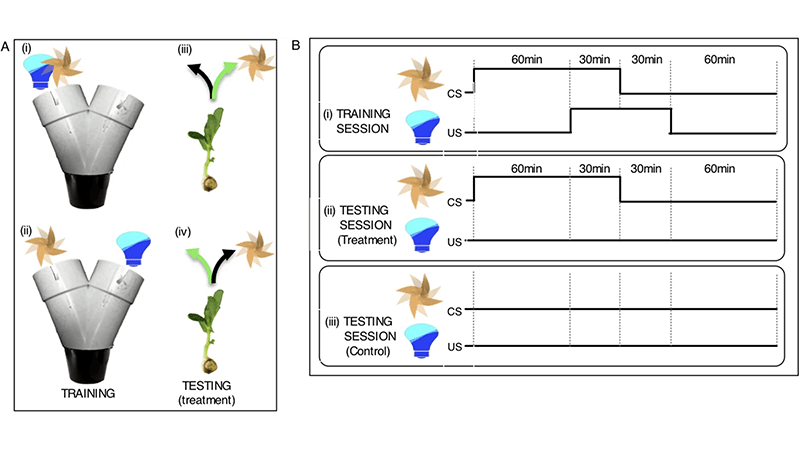
Can Plants Learn?
An experiment to determine if plants could learn by association Identify key features, such as variables, controls. Based on a real experiment in Nature.com.
-
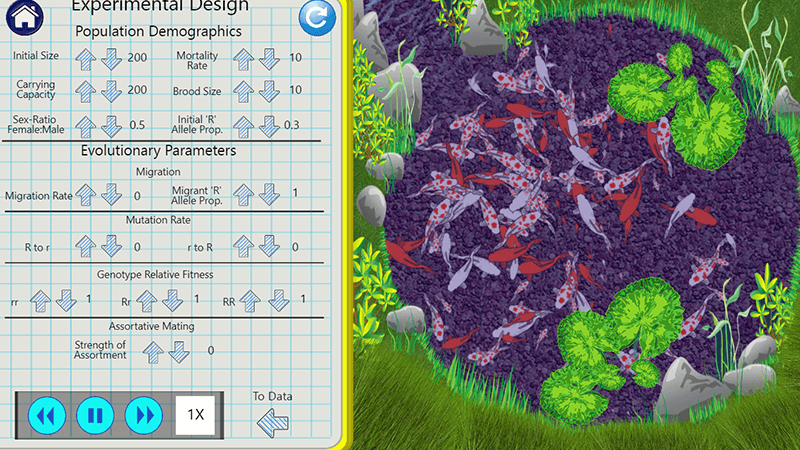
Population Genetics in a Fishbowl
Students learn about Hardy-Weinberg equilibrium by exploring a virtual population of koi fish. This virtual lab allows students to run experiments where they can change variables, like population size, migration rate, mutation rate, and fitness of two separate alleles. The alleles being studied control the coloration of the fish. Fish can either be white, gold,…
-
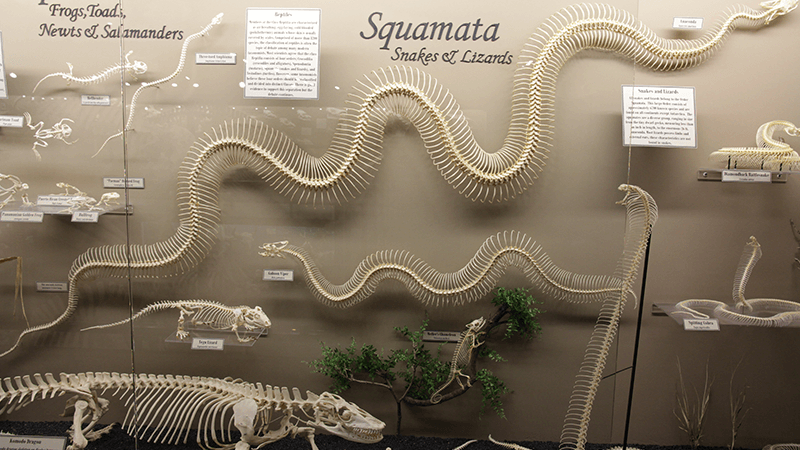
Understanding the Evolution of Limbs in Snakes
Where did snakes come from? There’s a popular story about snakes in Ireland and how they were lead away by St. Patrick. From a science perspective, snakes likely never were in Ireland to begin with. Many islands don’t have snakes. Why? Because they haven’t had time to evolve there. The activity is adapted from Understanding…
-
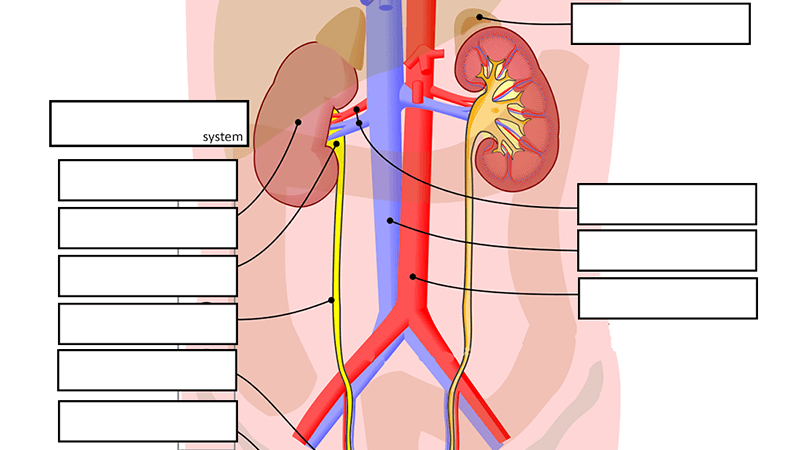
Urinary System Label
This image was modified from a wikimedia file so that students can fill in the answers. I have made four versions within a Google doc for either practice or differentiation. One version just has boxes for students to name the structures, and a second version has a word bank for developing learners. The other versions…
-
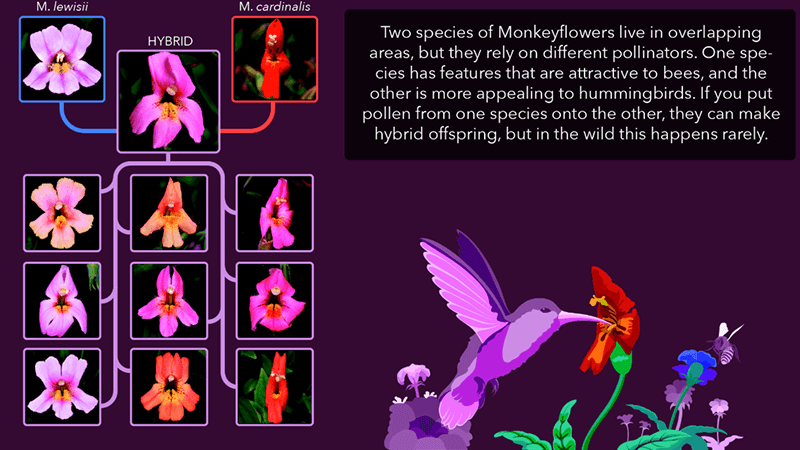
Speciation Modes on
This activity was designed for students during the COVID-19 pandemic and is intended to be completed individually at home. The lesson explores the two models of speciation: allopatric and sympatric. You can also assign a simple print version that explores speciation modes. Students first read about allopatric speciation and apply it to the finches on…
-
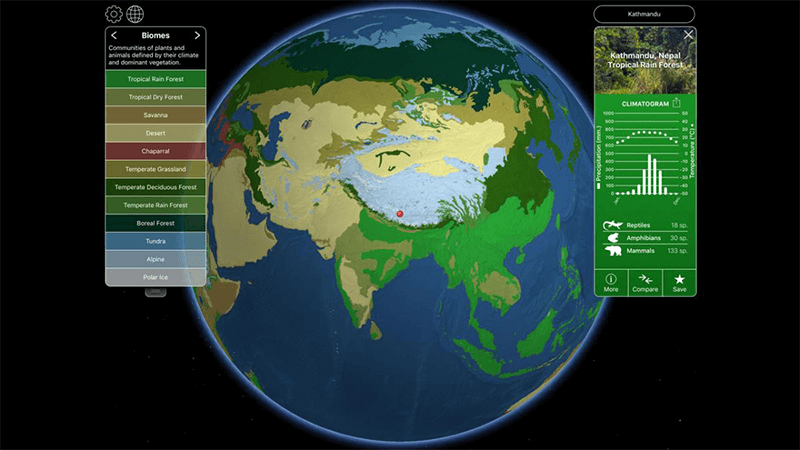
Biome Viewer
This activity asks students to explore an interactive globe at HHMI . This interactive allows students to zoom in on areas of the globe and learn details about its climate and the types of animals that liver there. A button can be used to compare two biomes for features such as precipitation and temperature. The…
-
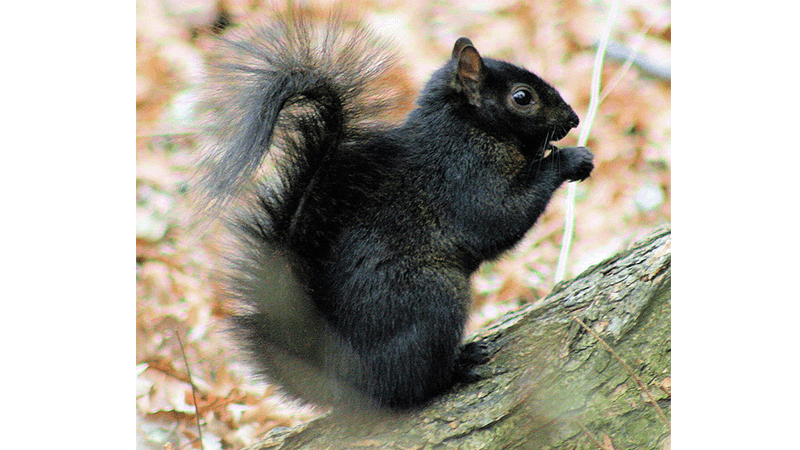
Hardy Weinberg Squirrels
This activity was created for students to complete on their own during the Covid-19 pandemic. Hardy Weinberg equilibrium can be a difficult concept, even with class guidance, so I’ve attempted to break it down into small bite-sized pieces. The Hardy-Weinberg equation is a fundamental principle in population genetics that describes the relationship between allele frequencies…
-
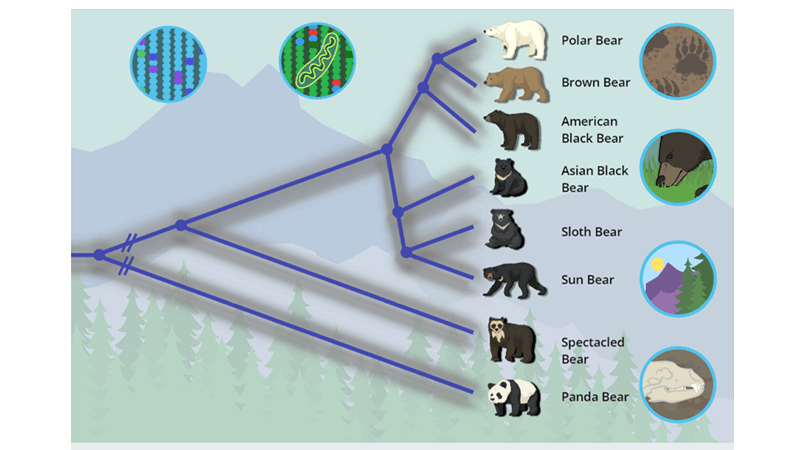
Bear, Species, & DNA
This activity was created during the Covid-19 pandemic for students to complete at home using the interactive explore at Learn.Genetics. The activity is probably best for 2nd year biology students or AP Biology, but it could potentially work with first year students. The questions aren’t hard, but the concepts can be difficult to grasp. The…
-

Case Study: Diaper Drama
A case study on the urinary system. Students learn about a baby with recurring urinary tract infections due to a duplicate ureter.
-

Investigation: Villi Height
Use a Netlogo simulation to observe how different heights of villi within the intestine affect absorption rate. Change the height of villi or size of food.
-

Human Population Growth
This activity was designed for home school during the Covid-19 pandemic. Students were completing a unit on ecology and had already done activities on trophic cascades. In this activity, students explore an interactive map and timeline that showcases major events in human history that impacted human populations, events like plagues or the development of new…
-

Saving a Fussy Predator, the Lynx
Read an article about the reintroduction of the lynx in Europe. A lynx is a type of feline. They are specialists, meaning that is has a very specific diet, the rabbit. Introducing the lynx poses challenges, but many people welcome its return. They are large cats, and can also pose a danger to livestock and…
-
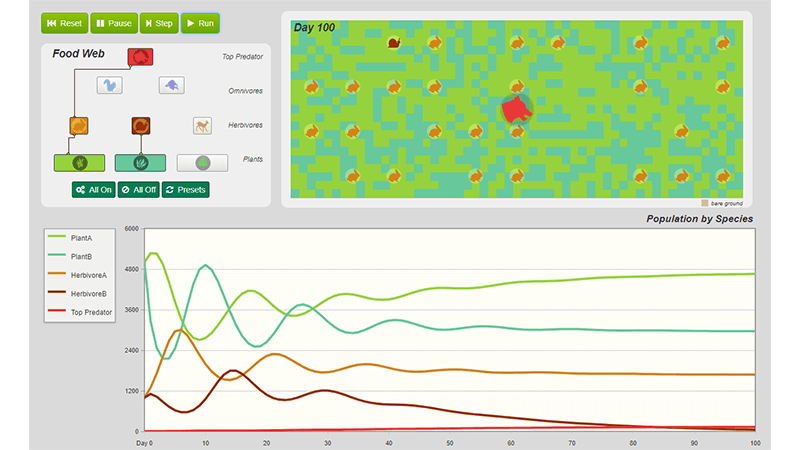
Predator Prey Simulation
Interactive program allows students to manipulate the type of organisms within a system and what they eat.
-
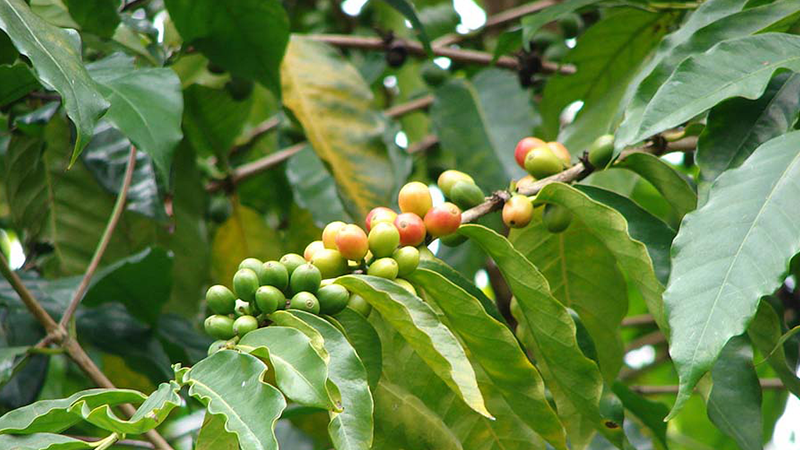
Evolution of Caffeine
In this activity, students access a database called UniProt that provides information about protein sequences derived from genome sequencing. Students search for the protein sequences of three plants that produce caffeine, Camellia sinensis, Coffea arabica, and Theobroma cacao (tea, coffee, and cocoa). They compare the protein sequences to determine if the gene to create caffeine arose independently…
-

Biological Magnification
This article discusses how toxic substances accumulate in top predators in an ecosystem, a phenomenon called biological magnification. This accumulation can have dire effects on those populations and can threaten the entire species with extinction. Students read background information on mercury and DDT and how those toxins are measured in PPM (parts per million). A…

